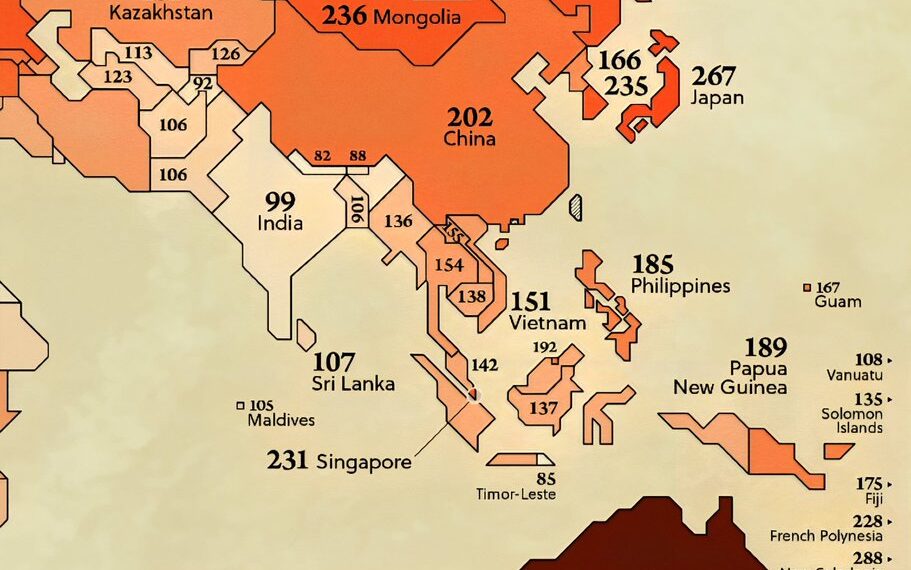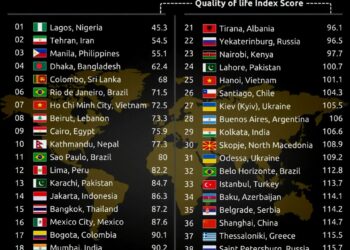Select Language:
Surprising Trends in Global Cancer Rates in 2025
1. The United States Continues to Lead in Cancer Diagnoses
The United States maintains its position as one of the countries with the highest cancer rates worldwide. Recent data indicates a slight increase in overall cancer diagnoses, with lung, breast, and prostate cancers remaining the most prevalent. Advanced screening technologies and increased awareness have contributed to higher detection rates, but this also raises concerns about potential overdiagnosis in some cases. Despite the high numbers, the U.S. is also making strides in cancer treatment and survival rates, showcasing significant progress over the past decade.
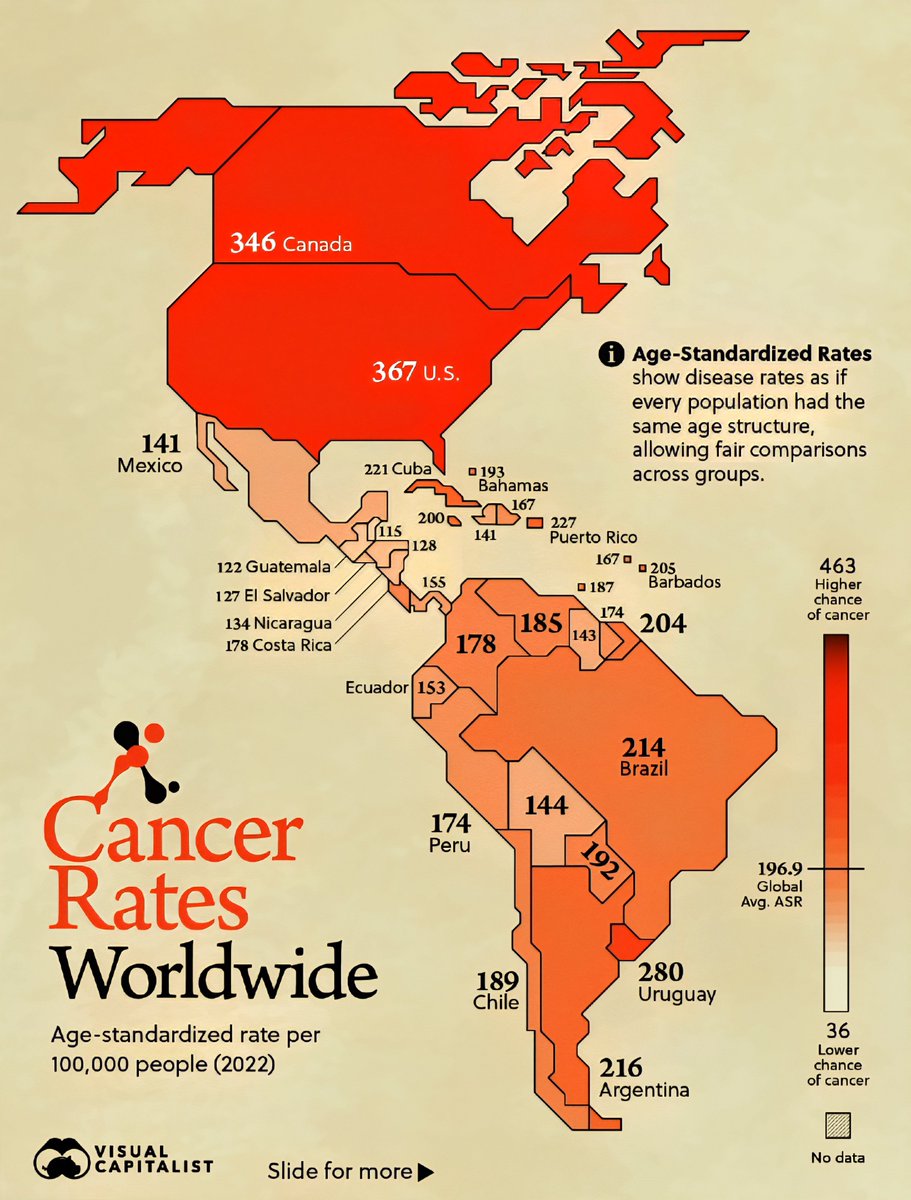
2. Japan’s Aging Population Contributes to Rising Cancer Numbers
Japan, known for its aging demographic, ranks among countries with notable cancer incidence growth. Lung, stomach, and liver cancers are more common among older populations, significantly impacting national statistics. Healthcare authorities are emphasizing early detection and prevention strategies, but the trend underscores the need for targeted interventions for the elderly. Japan’s focus on genomic research and personalized medicine aims to curb future cancer rates and improve treatment outcomes.
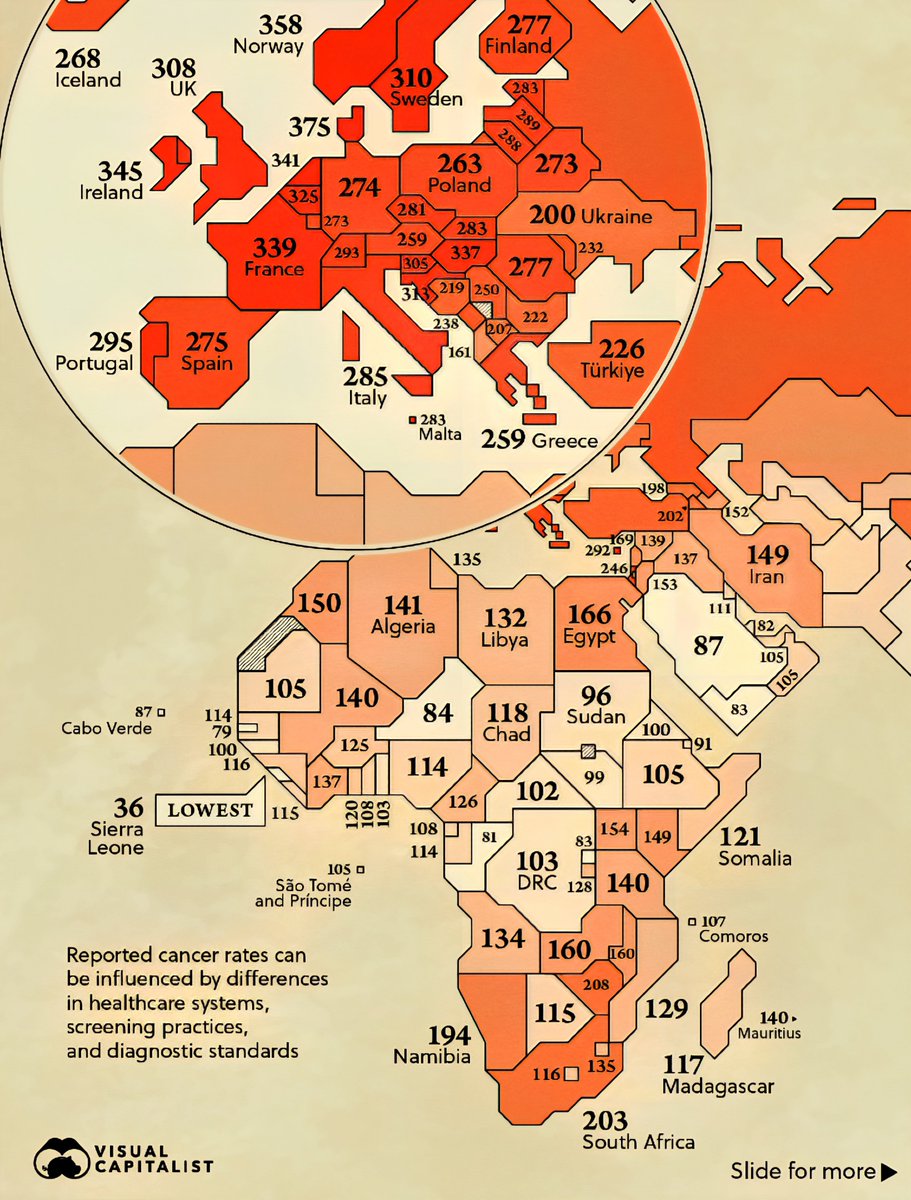
3. The Impact of Lifestyle Choices on Cancer Rates in Western Europe
Countries like the United Kingdom, France, and Germany are observing fluctuating cancer rates influenced heavily by lifestyle factors such as diet, smoking, and alcohol consumption. Western Europe continues to wrestle with high rates of colorectal, breast, and lung cancers. Public health campaigns targeting smoking cessation and healthier living habits are gaining popularity, yet the cultural persistence of unhealthy behaviors makes meaningful reductions challenging.
4. Rising Cancer Incidence in Developing Countries Due to Urbanization
Developing nations like India, Brazil, and South Africa are experiencing emerging cancer patterns driven by urbanization and changing lifestyles. Increased exposure to pollution, unhealthy diets, and sedentary routines contribute to higher incidences of breast, stomach, and liver cancers. Healthcare infrastructure in these regions still struggles to keep pace, prompting calls for international collaborations and investment in early detection and treatment facilities.
5. Africa Shows Mixed Trends with an Urgent Need for Better Data Collection
Cancer data from African nations remain inconsistent, but recent reports suggest a troubling rise in certain types like cervical and prostate cancer. Limited access to healthcare, screening, and vaccination programs, particularly for HPV-related cancers, hampers effective control efforts. Experts emphasize that improving data collection and expanding access to diagnostic and treatment services are essential for tackling the growing cancer burden across the continent.
6. Notable Advances in Cancer Research and Treatment
Across the globe, 2025 marks a year of groundbreaking research breakthroughs. Immunotherapy, targeted drug therapies, and gene editing technologies are becoming more refined, offering hope for previously untreatable cancers. Strides in early detection methods, including liquid biopsies and AI-driven diagnostics, are transforming patient outcomes, enabling more personalized and effective treatments.
7. The Role of Preventive Measures and Awareness Campaigns
Preventive healthcare and public awareness campaigns remain central in reducing cancer incidence. Countries are investing more in vaccination programs against human papillomavirus (HPV) and hepatitis B, which are linked to cervical and liver cancers, respectively. Tobacco control laws continue to tighten, and public health initiatives promote healthier diets and physical activity. While progress is evident, ongoing efforts are necessary to address cultural and socioeconomic barriers to access.
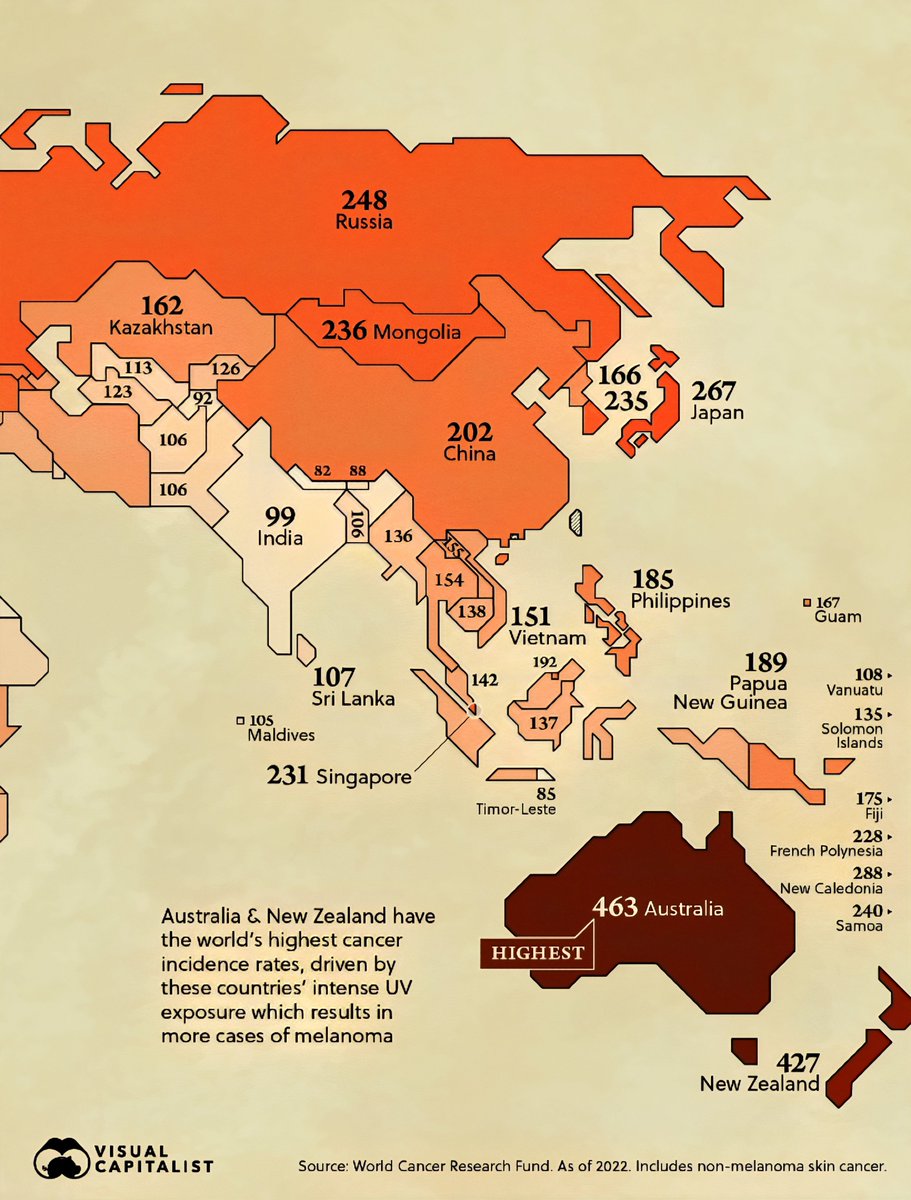
8. The Future Outlook: Combating Cancer Globally
As of 2025, the global fight against cancer shows promise but also highlights significant disparities. While developed nations benefit from cutting-edge technologies and comprehensive healthcare systems, many developing countries face resource limitations. International cooperation, increased funding for research, and equitable healthcare access are vital to turn the tide on rising cancer rates. Continued innovations and focused public health policies are essential to reduce the global cancer burden in the coming years.

